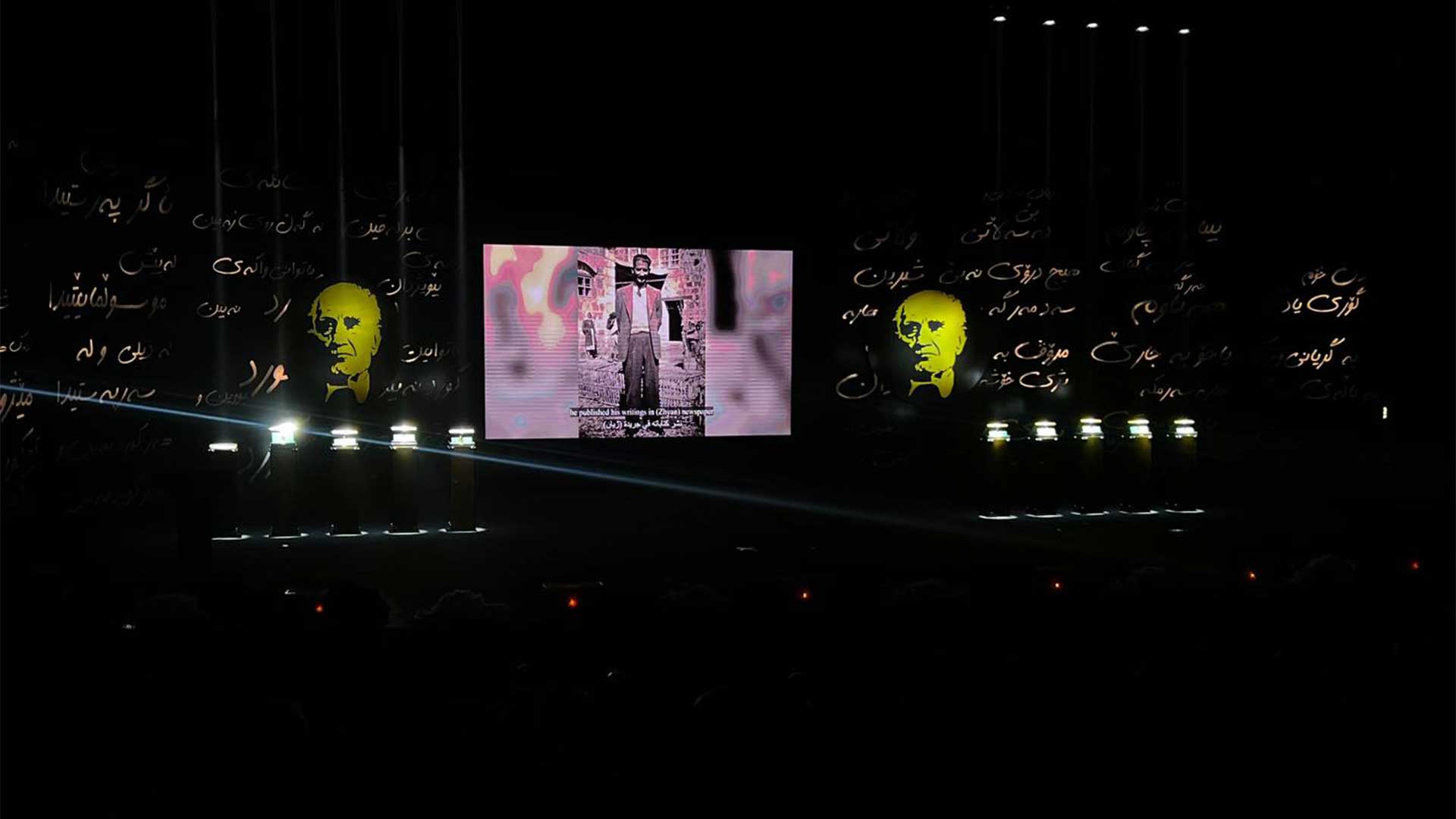‘It’s exactly like a puzzle’: experts on piecing together Roman fresco find
Relics 03:20 PM - 2021-09-05
House in southern France yielded find of outstanding wall paintings dating from 1st century BC
On the right bank of the Rhône in the Provençal town of Arles, the Roman-built House of the Harpist is being hailed as a remarkable record of ancient architecture and interior decoration.
Now, experts have opened their workshop to reveal their painstaking attempts to piece together the vast jigsaw of magnificent and never before seen frescoes discovered in the property thought to date back more than two millennia.
Since April, specialists have been picking through 800 cases of fragments of wall paintings, some removed from excavated walls of the building, others found in the ruins. The first images are being displayed in a temporary exhibition at an Arles museum, but experts say it will take until at least 2023 to reassemble all the frescoes that cover more than 220 square metres.
The fragments, some barely bigger than a fingernail, have been washed, labelled and placed into the cases to be examined one by one to see where they might fit into a bigger picture. So far, the specialists have spent a total of 1,800 hours picking through the pieces.
“We estimate it takes us one day per case, so around 1,000 days to study all of them,” Julien Boislève, an expert in ancient wall paintings, said. “It’s exactly like a puzzle … except of course we don’t have the original model to work from or all of the pieces, which means it’s fastidious work. It’s a major task but we are lucky to have a large quantity of good quality pieces of the decor, which is rare.”
The House of the Harpist was constructed between 70BC and 50BC by artisans from Italy around a central atrium with a large pool to collect rainwater for the household.
It was believed to have been deliberately destroyed less than 20 years later and a new property built over the ruins, preserving the artworks. Over successive periods, three houses were built over the site. The first excavations took place in 2013.
“By this time the site had been abandoned for about 30 years, but we were curious to know what was under the property and whether there was an older occupation,” said Marie-Pierre Rothé, an archaeologist with the Arles museum.
Camera probes more than a metre under the existing building revealed the House of the Harpist, named after a figure in one of the first frescoes to be reconstructed.
“We saw the walls and the remarkable paintings, which was so exciting. We have a lot of finds from this period except paintings. These were clean and in a remarkable state of conservation with the colours still bright,” Rothé added.
Concentrating on two rooms from the late Pompeii-era building, archaeologists spent four years uncovering the frescoes and collecting the fragments in what she described as “an enormous job”.
The walls of one of the villa rooms appear to have been covered with a gallery of large figures, including the harpist and pedestals, and standing out from a vermilion background.
Experts say the decoration and large-scale images of figures, called megalography, have been discovered in Italy but were unknown in France. The diversity and exceptional quality of the decorations give a unique insight into late Roman decorative modes, particularly wall paintings of the late Pompeii period.
Boislève said he hoped the frescoes would be eventually displayed as part of a reconstruction of the Roman rooms as a permanent exhibition at Arles museum.
“Often these things are hung on walls but we hope these exceptional paintings, which are examples of interior decoration, will be shown in their architectural context,” he said.
PUKmedia / The Guardian
More news
-
German Forces Commander Ended his Mission at Mam Jalal's Grave
12:28 PM - 2024-04-23 -
Golden Bla Awards Ceremony Takes Place in Sulaymaniyah
11:32 AM - 2024-04-23 -
PUK Official: PUK is Committed to Holding Elections on Time
11:04 AM - 2024-04-23 -
Turkish President Meets Kurdish Officials in Erbil
10:42 AM - 2024-04-23
see more
U.S. State Department Mentions the Deterioration of Journalists' Rights in Iraq & Kurdistan
06:48 PM - 2024-04-25
10 Notable Individuals Receive Golden Bla Award
09:27 PM - 2024-04-23
DPM Talabani Asks Turkish President to Lift Ban on Sulaymaniyah Airport
11:43 AM - 2024-04-23
Iraqi & Turkish Presidents: Problems Should Be Resolved Through Dialogue
05:00 PM - 2024-04-22
Most read
-
U.S. State Department Mentions the Deterioration of Journalists' Rights in Iraq & Kurdistan
Reports 06:48 PM - 2024-04-25 -
Another International Report Mentions Kurdistan's Limited Freedom
Reports 09:24 PM - 2024-04-25





.jpg)
 Application
Application


